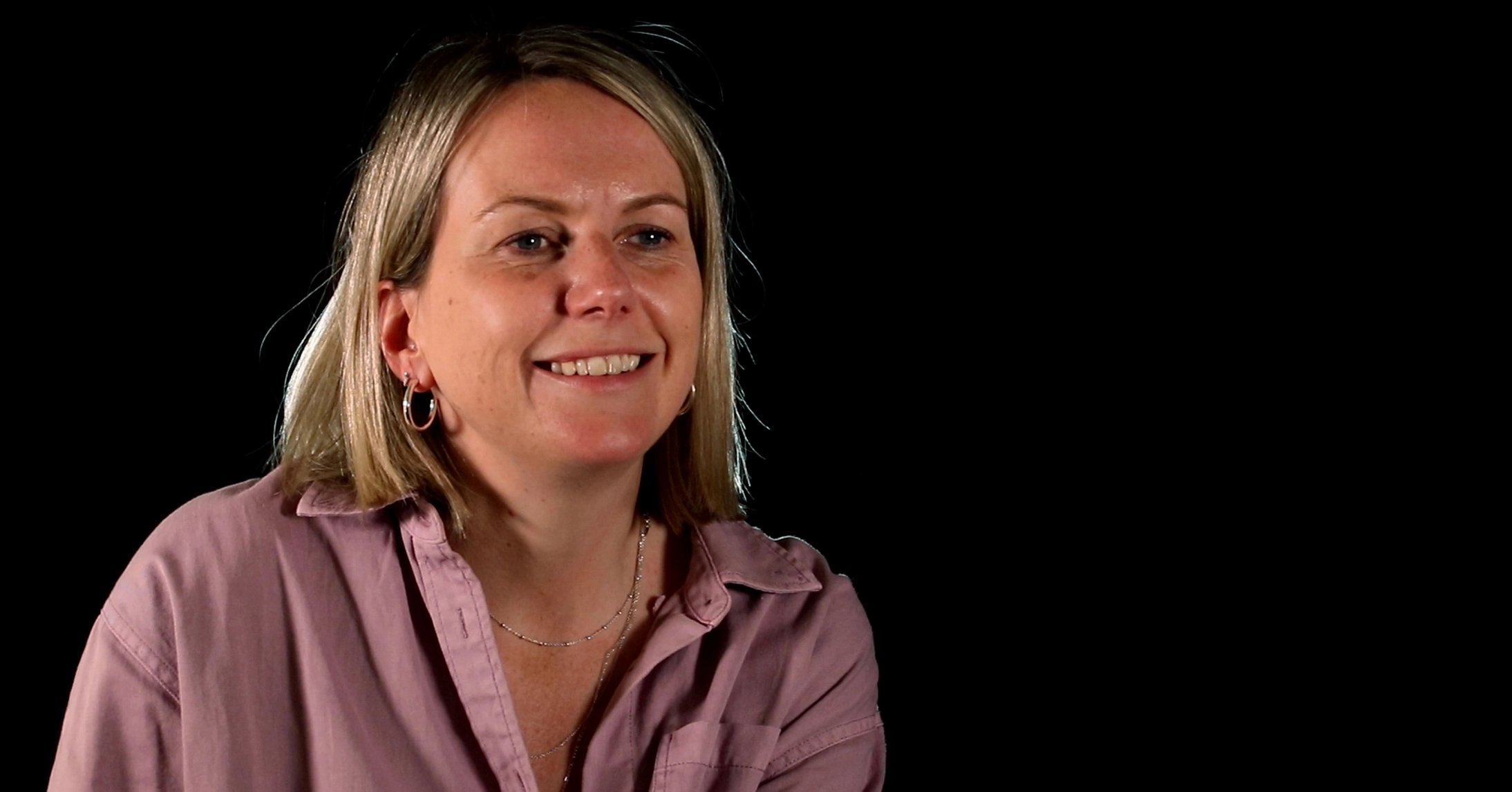The 3 key principles for getting innovations to stick
I am an early adopter. I love trying newly introduced products – foods or health care or beauty regimen based and will passionately write reviews, share feedback and advocate ardently if they tick my boxes.
And then, more often than not, these products are withdrawn by the company. I am left disappointed because I can no longer find that wonderful spice mix for my chick pea curry or that great smelling herbal shampoo that left my scalp feeling soothed for days. As you can tell, it’s not because they weren’t great products that found a consumer fit.
So what went wrong?
It's a tragic waste of passion and resource to see wonderful innovations die. Not because they didn't have the potential, but only they weren't budgeted to be nurtured
In this Part 1 article, I talk about getting innovations to stick. If we can’t get this right, we can’t get ‘sustainable innovations’ right.
In Part 2, I’ll cover sustainable innovations designed to positively impact lives and planet.
Getting innovations to stick isn’t easy and that’s an understatement. In my career across 4 large FMCG companies, I have been at the forefront of a handful which I’d call true successes and passionately led several which were dismal failures. My personal experience taught me a handful of principles. Here I spell out 3 key ones:
1. How many bets can I support?
The lure of launching another variant or new product often lies in the short term sales increase it can deliver for the quarter or at best the year’s target.
Typically in year 2, you are out of steam on marketing monies that are needed to support the innovation. Or you end up stealing from the core to support the new launch. The result being that, over time, your core range starts declining penetration and/or brand equity.
Working back from the marketing (ATL + BTL) support required for Year 1, right through to Year 3 - this is key before taking the plunge to get to market.
Yes, there is an alternative to open lead markets in smaller, media controlled geographies.
Here too, thinking through the speed of expansion and providing for marketing investment before firing the bullet, is critical. It’s alright to be bold and innovate but it’s highly imprudent to not plan to support the new baby through to meaningful scale.
2. Am I delivering superb value?
Assuming, you have a product which people want ( product-market fit) and is a solution for a problem that needs solving ( the insight), what’s the value you are delivering and can sustain?
When I say ‘value’ it’s neither ‘value for money’ nor ‘worth paying more for’; it’s very simply that the perceived price of my offer should ideally exceed the actual price I am asking or at worse match it.
This is elicited by the spontaneous answer to a simple question: ‘What will you pay for this?’.
You may have a great product but it’s not worth the price you plan to charge. Or you may have a product that people are willing to pay even more for.
How about a great new healthy snack that people love but aren't ready to pay the price you have arrived at, based on your cost. You could price it at the consumer sweet spot, make a lower variable margin initially but have a plan that gets your margin up to your desired level, as scale economies build up. But this needs to be budgeted upfront.
On the other hand you are ready with a hair oil which is entirely herbal and actually reduces hair fall while restoring new hair growth? If people have the burning need, they would be willing to shell out a cool premium.
It's critical to get the value right to both grow the consumer base and meet the business case.
3. Does my organisation/ team have the culture to nurture innovations?
This applies to larger established businesses which have strong core brands as opposed to the entrepreneurial, start-up world. You may work for a great organisation that is growing its core brands well. Yet there may be a weak DNA to learn, fail fast, pivot, support (which means truly investing in the P&L for 3-5 years) a new product till it has reached a scale where it can support its own marketing spend.
I have seen this too often. The tragedy lies in the fact that self-awareness of business teams is low in that they do not have the DNA to be true innovators. Yet they innovate. They invest significant time, effort, money to create and throw new ideas into the market. In the hard reality of the market environment, where share of shelf comes at a steep price or the overall media pot where core must be provided for first before allocating spends to innovation; these are choices where new launches crumble and the innovation DNA or lack of it is in full light.
Astutely knowing the culture before starting the journey is critical.
Not all innovations will succeed. Many will fail. Innovations are about risk taking. A few will become truly big. However it's a tragic waste of passion and resource to see wonderful innovations die. Not because they didn't have the potential, but only they weren't budgeted to be nurtured.
To summarise
3 key principles for successful innovation especially in larger, established organisations with big core brands:
- Know your bets and provide for them
- Deliver and sustain superb value
- Know the culture before making the first step
In this article we covered how to sustain an innovation.
In Part 2, we’ll talk about what it takes to bring to market, innovation that helps make lives and planet more sustainable.
At Oxford, we love working with diverse businesses on their innovation ambition and challenges. We are a bunch of people bringing varied and rich business experiences which allow for stepping back to first take an objective view of the unique situation and then working with our client teams towards the right solutions.
We’d love to engage. Do reach out to me for a chat.
Share this
You May Also Like
These Related Stories

Celebrating Our Wins at the 2024 Brandon Hall Learning & Development Awards

We're in Newsweek's Most Loved Workplaces 2024!

.png?width=657&height=57&name=OXFORD%20LOGO%20(1).png)
No Comments Yet
Let us know what you think